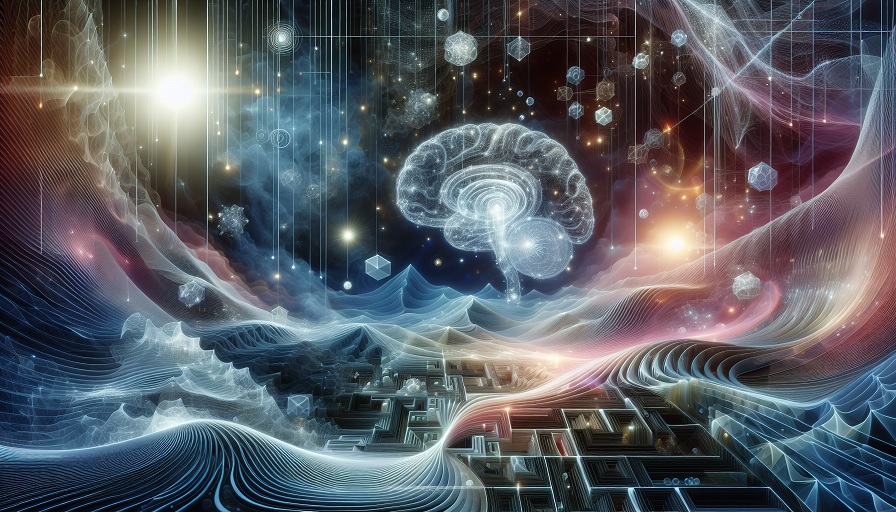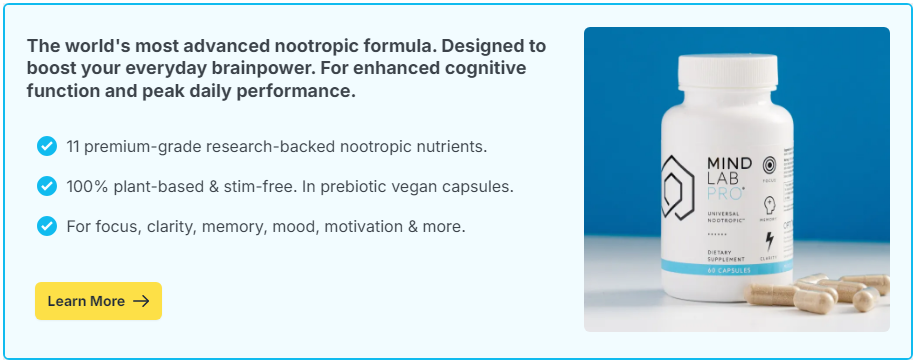
There is a reason the scent of fresh cookies can instantly take you back to childhood or why hearing an old song can summon a flood of vivid images from years ago. This is nostalgia at work – an emotional time machine that bridges the past with the present. While many view nostalgia as a sentimental indulgence, it is also a surprisingly effective tool for enhancing memory recall. By understanding how nostalgia works in the brain, you can use it to remember important information more easily and strengthen long-term cognitive health.
Contents
What Is Nostalgia?
Nostalgia is a complex emotional state that blends positive feelings for the past with a bittersweet awareness that those moments are gone. Far from being just a mood, it is a cognitive process involving memory retrieval, emotional engagement, and sensory association. The word itself was once used to describe homesickness in soldiers, but today it is recognized as a common, and often beneficial, psychological experience.
Unlike ordinary reminiscing, nostalgia is typically triggered by a specific cue – a song, a scent, a photograph – that reactivates stored sensory and emotional data. This reactivation does more than just entertain you with pleasant memories; it strengthens the neural pathways connected to those memories, making them more accessible in the future.
The Science of Nostalgic Memory
The hippocampus, a brain structure essential for memory formation, plays a key role in nostalgia. When a trigger activates a memory, the hippocampus works with the amygdala to attach emotional weight to it. This emotional tag makes the memory easier to retrieve later because the brain prioritizes emotionally charged information over neutral facts.
For example, you may have trouble recalling what you had for lunch two weeks ago, but you can instantly recall where you were when you heard a meaningful song for the first time. The difference lies in the emotional context – the song became a landmark in your personal narrative, while the lunch was just another routine event.
Neuroscientists have also found that nostalgia can stimulate activity in the prefrontal cortex, which supports higher-order thinking, and in sensory processing areas that reconstruct the sights, sounds, and smells of the original moment. This multisensory reactivation reinforces the memory in a way that pure repetition often cannot.
How Nostalgia Improves Recall
Nostalgia works as a memory enhancer because it taps into the brain’s associative network. When you recall a vivid, emotionally rich event, you are not just remembering a single fact – you are activating an interconnected web of sensory details, emotions, and related memories. This web acts like a scaffolding for other memories, making them easier to retrieve.
Here are some ways nostalgia can enhance recall:
- Emotional Anchoring: Positive emotions make memories stick. The stronger the emotional tie, the stronger the recall.
- Multi-sensory Stimulation: Memories with sights, sounds, and smells engage more brain regions, creating multiple retrieval routes.
- Contextual Reinforcement: Revisiting a familiar place or song can reignite dormant memories tied to that context.
- Pattern Linking: Nostalgia often revives a chain of related events, pulling more details into focus.
Using Nostalgia as a Memory Tool
You can actively use nostalgia to improve your recall in both personal and professional contexts. The key is to find emotionally meaningful triggers and pair them with the information you want to remember.
Personal Memory Enhancement
Pairing personal goals or reminders with nostalgic cues can make them more memorable. For example, if you want to remember to call an old friend, you could listen to a song you both loved in high school while setting the reminder. The song will act as a mental hook, connecting the emotional weight of your shared history with the task at hand.
Academic or Work Applications
Students can tie study material to nostalgic triggers like a favorite snack from childhood or a particular playlist from a meaningful time. Professionals can use nostalgic imagery in presentations to make key points more memorable for their audience. This approach works because the emotional and sensory associations boost attention and engagement, which are prerequisites for strong memory formation.
Nostalgia, Brain Health, and Supplements
For nostalgia to function effectively as a memory enhancer, the brain’s neural networks need to be healthy and responsive. Factors like poor sleep, chronic stress, and nutrient deficiencies can blunt the emotional and sensory richness of recalled memories. Supporting brain health through balanced nutrition, mental stimulation, and stress management ensures that nostalgic triggers activate as vividly as possible.
Some people also choose to incorporate nootropics and brain supplements into their cognitive wellness routines. While these will not create nostalgia on their own, they may improve attention, working memory, and neuronal communication. This, in turn, can make it easier to retrieve and integrate past experiences when those nostalgic cues arise.
Practical Exercises for Nostalgia-Based Recall
If you want to make nostalgia an active part of your memory toolkit, try the following techniques:
- Create a Memory Playlist: Compile songs from different stages of your life. Listen to them when you need to remember events or boost your mood before a task.
- Use Scent Triggers: Keep essential oils, perfumes, or foods associated with positive memories nearby when studying or brainstorming.
- Story Journaling: Write about a vivid memory, including as many sensory details as possible. This strengthens both the memory and your descriptive skills.
- Revisit Old Places: Physically going to a location from your past can bring back forgotten details tied to that setting.
- Memory Pairing: Link important new information to nostalgic cues for better recall during high-pressure situations.
The Emotional Balance of Nostalgia
While nostalgia is generally positive, it is important to maintain balance. Too much focus on the past can lead to disengagement from the present. The goal is to use nostalgia as a supportive tool, not an escape. By appreciating the memories and lessons of the past, you can strengthen your ability to recall important details while staying rooted in current goals and opportunities.
Bringing the Past Forward
Nostalgia is more than an emotional indulgence – it is a scientifically backed way to enhance memory recall. By engaging multiple senses and tying memories to strong emotions, it creates a vivid, retrievable network of past experiences. Whether you are trying to remember a loved one’s voice, prepare for a presentation, or simply keep your mind agile, nostalgic triggers can serve as powerful allies. The more you care for your brain’s health, the more effectively this mental time travel can work in your favor.

